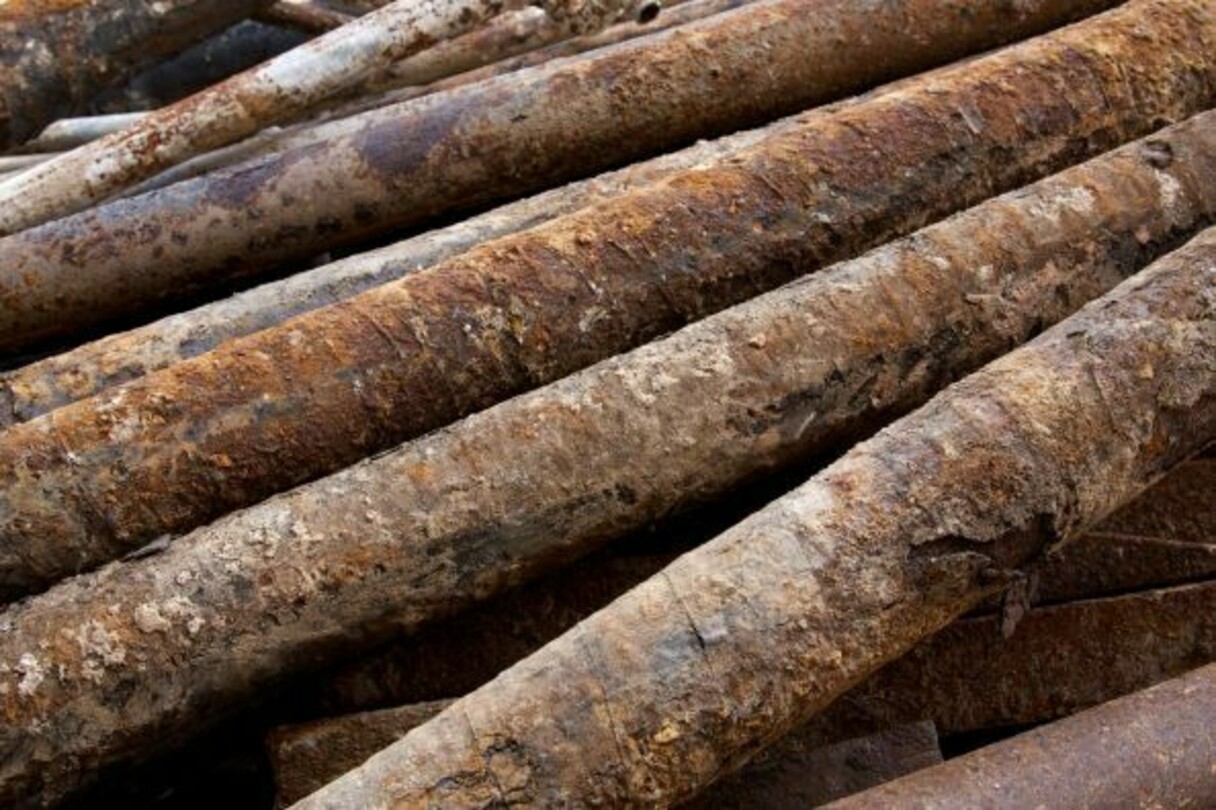As a result of the implementation of the new European Drinking Water Directive 2020/2184, the limit value for lead in drinking water has been reduced from 10 to 5 µg/L. This new value is based on the ALARP principle (As low as reasonably practicable; WHO, 2017), and European Member States must comply with this Directive at the latest by 12 January, 2036. For household pipelines for which governments or drinking water companies (DWB) have no authority to carry out or impose the replacement of lead pipelines, 5 µg/L remains a target value for the lead concentration in drinking water.

Many water utilities actively track down lead pipes and replace them with other materials to reduce lead exposure, especially at locations with many (small) children (e.g. schools, kindergartens, indoor playgrounds).
Webinar
Following events regarding contamination of drinking water with metals such as lead and copper, especially in the United States, Sensileau has decided to take a closer look at online trace metal monitoring in (drinking) water.
During this webinar, our speakers discuss the origin of trace metals in source waters in relation to treatment methods for remediation and water reuse, and explore how online monitoring and treatment can support the reduction of public health risks associated with their presence.
Our speakers at this webinar are:
- Dr. Miguel Arias Paić, Environmental Engineer at the US Bureau of Reclamation - discussing the origins of trace metals in source waters and their associated problems.
- Mr. Rick Bacon, CEO of Aqua Metrology Systems, presenting a new system for continuous and real-time metals monitoring.
Podcast
This podcast contains an interview with Rick Bacon (AMS) on the ways lead get into drinking water, the importance of being able to detect particulate lead, and real-time monitoring systems for continuous and unattended lead monitoring in distribution systems.
Showcase
TRUMPF optimises ion-exchange system with reliable and continuous data from real-time arsenic analyser
To ensure regulatory compliance of 500 parts per billion (ppb) or less of arsenic in order to discharge its wastewater safely into to the local municipal treatment facility, TRUMPF Photonics, Inc., (TRUMPF) in Princeton, NJ, needed to attain reliable and continuous measurements of arsenic concentrations and confirm the effectiveness of its wastewater treatment. The use of the online MetalGuard Arsenic analyser and IEX systems delivered process knowledge and cost savings (over $150K) compared with the prior drum and contain system.
Note: Although this showcase presents an example of arsenic monitoring, the technology used in this showcase can also be applied for lead monitoring. For this reason, this showcase is presented here.
Further Reading
Want to dive in deeper? We recommend the following publications:
- Doré, E., Lytle, D.A., Wasserstrom, L., Swertfeger, J. and S. Triantafyllidoub. 2020. Field analyzers for lead quantification in drinking water samples. Critical reviews in environmental science and technology. doi: 10.1080/10643389.2020.1782654.
- Yang, Y., Fang, Z. Yu, Y., Wang, Y., Naraginti, S. and Y. Yong. 2019. A mediator-free whole-cell electrochemical biosensing system for sensitive assessment of heavy metal toxicity in water. Water Science & Technology 79(6): 1071-1080.
